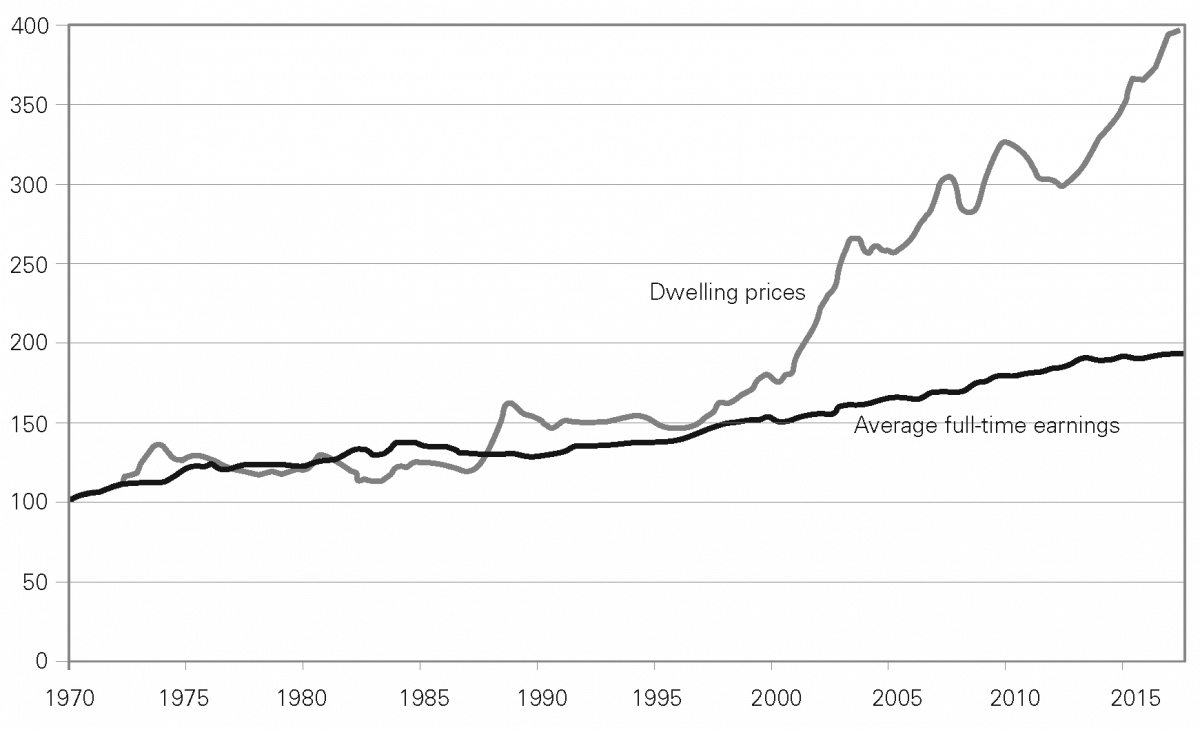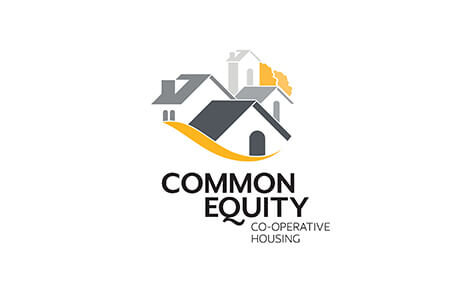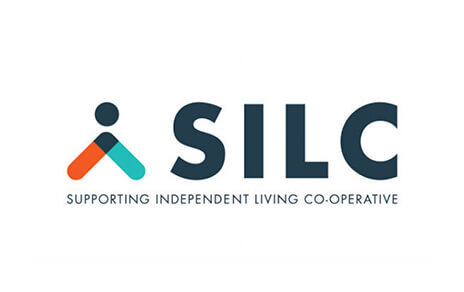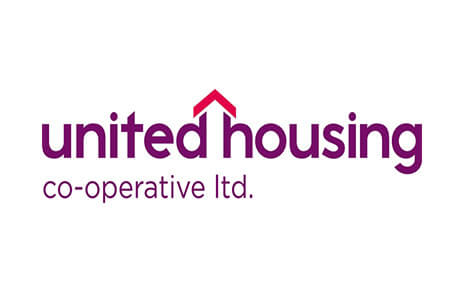Housing
Co-operative housing providers…
- Are affordable housing providers
- Provide decent homes for key workers and first time buyers
- Provide a model of housing that pools people’s resources and builds strong communities
- Put tenants in control of their homes
Are affordable housing providers
In Australia and overseas, housing co-operatives have been effective financial managers of housing for decades because tenants have a sense of ownership and control in their management.
Provide decent homes for key workers and first-time buyers
Develop affordable housing to deliver new dwellings for key workers and other moderate income earners.
Provide a model of housing that pools people’s resources and builds strong communities
The long-term involvement of tenants with their homes and their community is beneficial to people providing a sense of place and commitment. In addition, the skills developed in operating their own enterprise assists with confidence building that often leads to employment and a more varied income stream.
Put tenants in control of their homes
In addition to social benefits, housing co-operatives can deliver services effectively and efficiently while increasing consumer choice and control.
The co-operative housing model is highly diverse, but is first and foremost an ownership structure which can complement varying degrees of resident self-management, co-housing, co-design etc.
For further information about housing co-operatives, please contact Linda Seaborn.
The BCCM is the Australian representative to Cooperative Housing International.
Many housing co-operatives in Australia are represented by the Australian Co-operative Housing Alliance, which is affiliated with the BCCM.
Co-op housing in the news
Housing examples
Housing resources
Co-op housing FAQs
A housing co-op sits between renting and ownership. Residents have the affordability of renting and the security and agency of owning. Housing tenure types in Australia:

Source: National Housing Supply and Affordability Council, State of the Housing System 2024.
A housing co-operative is membership-based, with each member in the housing co-operative granted the right to occupy a housing unit. Housing co-ops come in many forms. Some are townhouses and small buildings with just a handful of units, others are large apartment-style buildings with hundreds of units. Some co-ops are rental whereas others are member-owned, also known as equity co-ops. The fact that there are so many variants is an indication of how co-operative housing is an adaptable and flexible model that can work in many different circumstances.
Yes, co-operative housing can certainly make a meaningful difference in addressing the need for affordable housing in Australia. Co-op housing models offer several advantages:
- Cost reduction: Since co-ops are not driven by profit motives, they can provide housing at lower costs by eliminating developer profit margins. This makes housing more affordable for members.
- Market influence: The growth of lower-cost co-op housing models can drive competition and encourage other housing providers to reduce costs, thereby improving affordability across the entire housing market.
- Long-term affordability: In limited equity co-ops, the resale value of shares is determined by a formula rather than market rates. This helps maintain affordability over time as housing costs rise more slowly than market rates.
- Community benefits: Co-op housing fosters a sense of community, generates social capital and creates opportunities for individual growth through member participation and capacity building.
Not-for-profit housing co-operatives create permanently affordable housing. Studies of European housing co-operatives which have existed for decades, if not centuries, shows that over time, operating the housing ‘at cost’ means the gap between co-ops and markets grows, meaning the longer you have co-ops as a part of your housing system, the better they are at providing affordable housing.
Investing in not-for-profit co-op housing through things like low-cost loans provides a great social return through stabilising housing. Unlike subsidies for market housing which assist house prices to grow, co-op housing, which is run at-cost, helps to stablise prices. Co-ops are an essential part of the road out of the housing crisis to building a better housing system in Australia. Co-ops treat housing like a nest, not a nest egg.
The Victorian Housing Register records what type of housing applicants would like to live in. Demand in 2023 rose to 1,200 households per year that wanted to live in co-op housing. This was double the demand of 600 households per year in 2020. Demand in Tasmania has similarly doubled. These are the only places the BCCM currently has data for.
No, co-operative housing is not limited to major cities. While urban areas may have a higher concentration of co-ops due to population density, there are also a number of rural co-operative housing communities across Australia.
Co-op housing can be a viable option for both urban and rural areas, as the co-operative model is adaptable to different contexts and community needs. The key principles of democratic control and member participation can be applied regardless of location.
No, co-operative housing models are not limited to rental arrangements. The co-operative business model can be applied to various forms of housing tenure, including:
- Rental co-ops: Members rent their homes from the co-operative, which owns or leases the properties.
- Limited equity co-ops: Members purchase shares in the co-operative, giving them the right to occupy a unit. When they leave, they can sell their shares back to the co-op at a price determined by a formula, allowing for some equity gain while maintaining affordability.
- Market equity co-ops: Similar to traditional homeownership, members fully own their units and can sell them at market rates. However, the co-operative still manages and maintains the overall property.
In many countries housing co-ops are used to create long term affordable housing especially for essential workers. So while they can work very well for people on low incomes, they certainly have a broader range. Much of the affordable housing across New York is co-operatives specifically for the middle-income workforce that would otherwise be locked out of housing affordability.
While co-operative housing is relatively small in Australia compared to some other countries, it has a significant presence internationally, particularly in parts of Europe.
In Denmark, for example, one-fifth of the nation’s population (around 1.2 million people) resides in housing co-operatives. Similarly, in Sweden, housing co-ops account for 22 per cent of the total housing stock, and in Norway, the figure is 15 per cent nationwide. In Zurich it is 25 per cent and in Vienna 21 per cent.
These countries have well-established, government-supported co-operative housing systems that have developed and grown over time. If Australia had equivalent rates of co-op housing, it would translate to between 1.6 million and 2.4 million households living in co-op housing.
Currently, there are over 5,000 households living in co-operative housing in Australia, with more than half of these located in Victoria, where the state government has been supportive of the co-op housing model. Nationally, co-operative housing makes up only 1 per cent of the social housing stock, but in Victoria, that figure is higher at 3.5 per cent.
Social housing is an umbrella term that encompasses public housing provided by the government and community housing delivered by non-profit organisations like housing co-operatives and associations. The common goal is to provide affordable housing options for individuals and families.
Public housing is a specific type of social housing where the properties are owned and managed by government authorities. In contrast, rental housing co-operatives are democratically controlled by tenants and part of the community housing sector.
Cohousing refers to a specific architectural design where individual homes are clustered together with shared common facilities and spaces to encourage social interaction and a sense of community. The focus is on the physical design and layout of the housing development.
On the other hand, a housing co-operative is a business model where the property is managed co-operatively by the residents themselves. Depending on the co-op structure, the property may be owned by a co-op housing provider or it might be collectively owned by the residents. Either way, the key aspect is democratic control by the residents.
While some cohousing communities may be structured as housing co-ops, not all are. Similarly, housing co-op buildings usually don’t follow the cohousing design principles.
Whether a vacancy arises due to a new build or a tenant departing an established co-op, the process of selecting new members for a housing co-operative typically involves a combination of eligibility criteria and co-op-specific procedures.
Some co-ops may have eligibility requirements related to their purpose or funding sources. For example, income and asset limits may be in place for co-ops receiving government funding for affordable housing. Other co-ops may be specifically designed for certain groups, such as students, older adults, people from a particular cultural background, artists or people with disabilities.
From the pool of eligible applicants, co-ops will have their own procedures for selecting new members. This could be based on factors like the length of time on the waiting list, the ability to actively participate in the co-op’s operations or a trial period to assess compatibility.
The key principle is that the co-op members collectively decide on the selection criteria and processes, ensuring that new members align with the co-op’s purpose and can contribute to its successful operation.
Children can live with their family in a co-op unless there are eligibility requirements that specifically preclude them (such as an over 55s co-op). Pets may be allowed, depending on the rules of the co-op. Whether there are inspections will depend on the agreement made between the members about how they manage the property.
Equity co-ops where residents own a financial share in the co-op have a number of advantages. Firstly residents can share costs and have an economy of scale to make them more affordable. They have financial resilience, because it is multiple properties, and incomes, in the one co-op business. They can break down social isolation and provide a lot of health and wellbeing benefits. They can partner with government and through access to support for affordable housing they can adjust their model to be accessible to more people, like young families, essential workers, older women.
Co-ops require active involvement from members in running the co-op business and not everyone wants to do that. It requires an ability to negotiate and resolve potential conflict. People develop those skills in a co-op, but if someone is not interested, then they are not well suited for a co-op.
The dedicated funding stream for starting co-ops ended in the mid-1990s and growth has been slow since then. As an ownership model, co-ops respond to need. Australian wages kept pace with house prices until about 2000 so there was less need. Now that house prices have risen at a much faster rate, we don’t have an alternative ownership system in place to help bridge that gap. The BCCM study tour to Europe in April this year looked at those alternative systems that have developed in countries that historically had less home ownership affordability than Australia.

House prices and wages (full time weekly earnings, index: 1970 = 100) Source: Business Insider in Kohler (2023) ‘The Great Divide: Australia’s Housing Mess and How to Fix It’ Quarterly Essay 92
You need several people to work together to form a housing co-operative. If you hope to secure government funding, you would need to partner with a registered community housing organisation to be eligible (see the Australian Co-operative Housing Alliance (ACHA) for more information). If the co-op members can offer equity, you may want to talk to a developer who may have capacity to work with you, such as one of the common equity companies (see ACHA) or Middle Ground, Nightingale, Property Collectives or Assemble.
Places that have high proportions of co-operative housing have had governments who make a deliberate decision to encourage their growth. For example, the Australian government did that in the 1980s and that is where most of the current housing co-operatives come from (this was led by Sydney architect Col James). Places like Austria and Denmark where there are a lot of co-ops, have created financing structures that result in favourable loans to not-for-profit housing co-operatives. In Australia we need two things – a return to a dedicated stream of funding for housing co-operatives for lower income households; and long-term low interest loans to not-for-profit housing co-ops providing housing to middle income households.






















